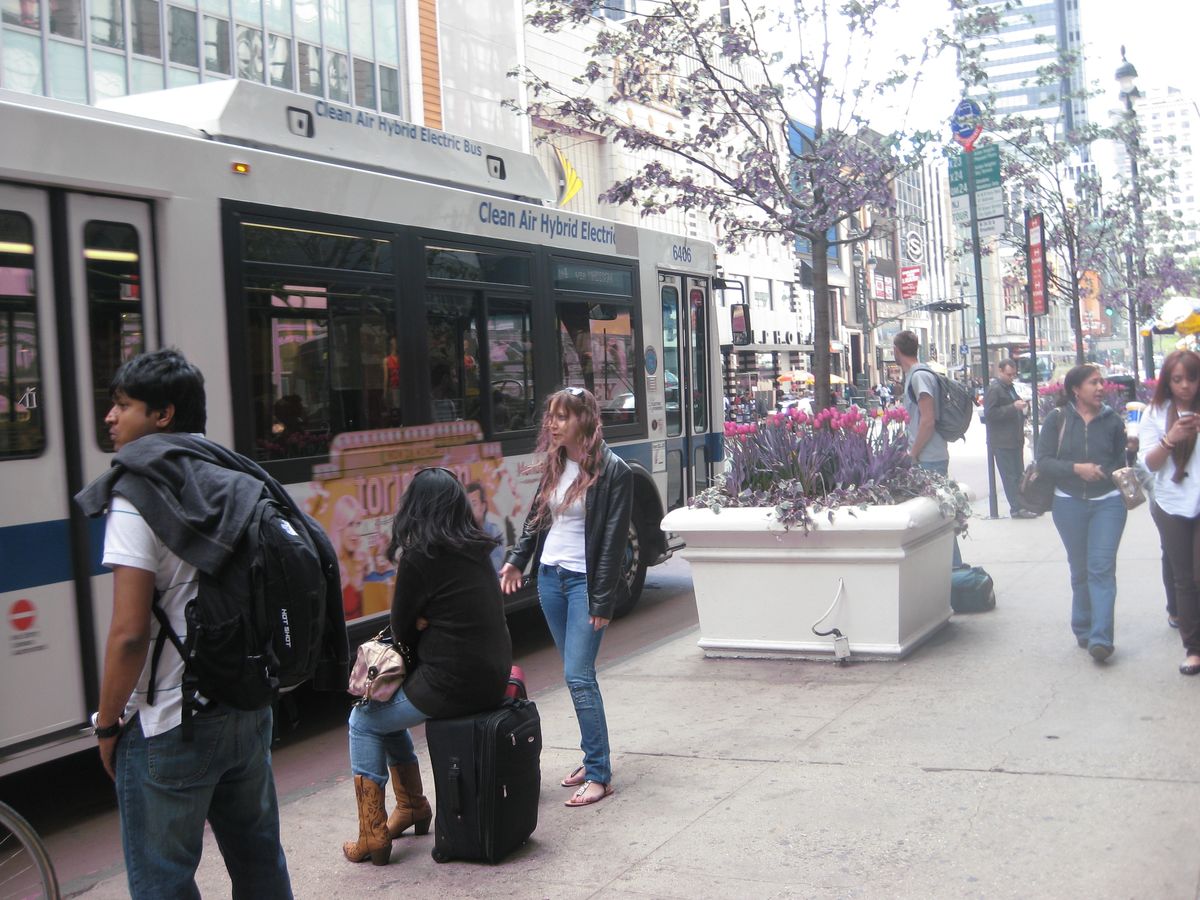Denmark and Germany led the world in development and adoption of modern wind turbine technology. Until recently, photovoltaics was driven mainly by the generous production credits provided by Germany's forward-looking feed-in tariff law. Conventional fast trains invented in France and Germany have been the path breakers worldwide, while the Japanese pioneered bullets. As for light-rail mass transit, the United States is simply nowheresville--just about any subway car running on any U.S. city line is built in Japan, Canada, or Europe. So it comes as rather a pleasant surprise to learn that in one area of advanced green transportation--hybrid buses--a U.S. municipality is actually ahead of the world pack.
By June this year New York City will have 1,675 hybrid buses workings its streets, which makes it the world leader in terms of the number of hybrid buses it has brought into service, according to panelists at a recent briefing sponsored by the New York chapter of the IEEE Vehicular Technology Society. The NYC buses, all BAE Orion VIIs, are diesel series-drive hybrids. The earlier models (675) are equipped with lead-acid batteries, the more recently acquired (690) with lithium-ion ones--the former weigh about 3,000 pounds, the latter just 800 lbs.
Not only are the hybrids operating in New York and other major cities, they're actually made in the United States. A key factor, says Jerry Higgins, who until recently was in charge of bus procurement in New York, is the buy-America--or even buy-in-state--provision. The Orion buses are made by BAE and Daimler in Johnson City, in upstate New York. The other two U.S. manufacturers are GM Allison, which makes a parallel-drive diesel bus, and ISE, which has a gasoline hybrid. ISE, located in San Diego, developed the gasoline bus with that city specifically in mind, because Southern California's clean air regulations bar acquisition of diesel buses of any kind.
It's not hard to see why hybrid buses are all the rage in cities like New York--they're for all practical purposes the only kind of new bus the city is buying, says Higgins--despite their higher cost ($550,000, say, versus about $400,00 for a standard bus). They are much quieter, emit 90 percent less particulate and 50 percent less NOx, and give carbon reductions in direct proportion to their lower fuel usage. That can vary widely, depending on routes characteristics and a particular driver's habits: "No two drivers handle the bus the same way"; depending particularly on braking style, "one driver might get 5 mpg, another 8," said another panelist. San Diego's ISE claims average fuel usage of 7.2 mpg, versus 3-4 with a CNG bus.



